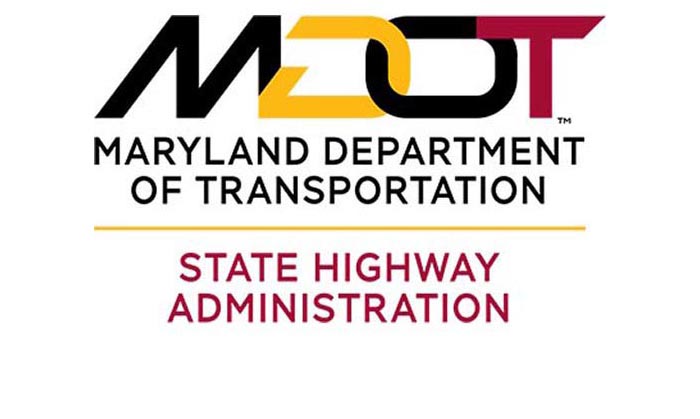
MDOT SHA Logo
Hanover, MD (February 27, 2009) – Marylanders- are you getting enough sleep? Choose Safety for Life partners are acknowledging National Sleep Awareness Week (March 1 – March 8, 2009) in connection with Daylight Savings Time. National Sleep Awareness Week (NSAW) 2009 highlights the benefits of getting a good night’s sleep, addresses the consequences of driving while drowsy or fatigued, and raises awareness about the importance of safe driving, paying attention to the road, and being alert at all times while traveling along Maryland roads.
As the nation prepares for the return of Daylight Savings Time on Sunday, March 8, the National Sleep Foundation (NSF) and the Maryland State Highway Administration’s (SHA) Highway Safety Office urge Marylanders to “sleep in” on that Sunday morning, instead of losing an hour of sleep.
Consequences of not getting enough sleep can be particularly deadly on the road,” said Maryland State Highway Administrator and Governor’s Highway Safety Representative Neil J. Pedersen. “With more than 200 decisions being made during every mile driven, it is critical that drivers attain adequate rest, so that they can focus and drive alert – key points in the Choose Safety for Life campaign’s B-SAFE message.”
The quantity and quality of your sleep affects your safety on the road. Lack of sleep decreases alertness and reduces reaction time to traffic situations. According to the NSF’s 2008 Sleep in America Poll, 32 percent of working Americans report driving drowsy at least once in the past month.
SHA is an Organizational Sleep Awareness Partner, committed to the efforts of the NSF. This is the perfect time for residents of Maryland to evaluate the amount of sleep they usually get and make a commitment to get seven to nine hours of uninterrupted sleep every night. Statewide educational efforts will reflect the commitment to promoting healthy sleep, and the ever-growing concern of drowsy driving related crashes.
Danger signs of fatigued driving include:
Repeated yawning,
Closing your eyes,
Suddenly jerking the wheel to get back in your lane,
Missing road signs or exits,
Nodding off,
Disconnected thoughts,
No memory of the last few miles, and
Drifting out of your lane.
What you can do to avoid drowsy driving:
Get a good night’s sleep before a long drive. If that is not possible, take a significant nap before you head out on the road.
Make regular stops. Try to stop at a rest area or convenience store approximately every two hours or 100 miles. This gives you a little exercise, fresh air, and a change of scenery from sitting behind the wheel.
Make sure you are not on medication that will make you drowsy. If you are taking any medication that could cause drowsiness, you need to be extremely careful or have someone else drive
Do not push it if you are tired. Stop driving – pull off at the next exit, rest area or find a place to sleep for the night.
Special at-risk groups for drowsy driving include young drivers, older drivers, shift workers, commercial drivers and people with undiagnosed or untreated sleep disorders. However, any driver can experience fatigue at one time or another.
For more information about traffic safety educational programs, contact the Maryland Highway Safety Office at 410-787-4050 or visit SHA’s Choose Safety for Life website at http://www.choosesafetyforlife.com.
# # #